Vintage Tribal Kilim Runner 2' 11" x 10' 1" (35" x 121")
Type:
Kilim RugsCollection:
Tribal Runners, ClearanceID:
K0077113Size:
Material:
The designs feature a rich array of symbols representing tribal culture and Anatolian motifs, often in the form of medallions, diamonds, and other geometric shapes.
The designs feature a rich array of symbols representing tribal culture and Anatolian motifs, often in the form of medallions, diamonds, and other geometric shapes. These kilim runners are ideal for hallways and narrow spaces, offering a touch of ethnic charm and artisanal quality to any interior.
Herki kilims not only serve as functional floor coverings but also as artistic expressions of tribal identity, making each rug a unique cultural artifact.
Design Elements
- Shape and Pattern:
- Horizontal lines with diamond-shaped motifs create a sense of rhythm and movement.
- The repetitive patterns emphasize a traditional artistic expression often found in tribal rugs.
- Geometric elements dominate the design, showcasing craftsmanship and cultural significance.
- Texture:
- Handwoven, which adds a tactile quality and depth to the surface.
- The varying heights of the wool pile contribute to visual interest and enhance the organic feel.
- Borders:
- Defined edges help frame the central design, adding balance and focus.
- Colors used in the borders often complement the inner patterns, creating cohesion.
Colors
- Warm Tones:
- Rich reds, oranges, and browns dominate the palette, reflecting earthiness and warmth.
- These colors evoke feelings of comfort and connection to nature.
- Contrast and Harmony:
- Subtle use of contrasting colors, such as lighter shades against the deeper hues, creates visual excitement.
- A harmonious blend of colors embodies the balance often sought in traditional tribal art.
- Symbolic Colors:
- Red often symbolizes strength and vitality.
- Orange represents warmth and creativity, often linked to spiritual energy.
- Brown signifies stability and grounding, a connection to the earth and heritage.
Main Motifs and Symbolism
- Diamond Motifs:
- Diamonds often represent wealth and prosperity.
- The repeating pattern signifies abundance and the importance of sustenance in tribal life.
- Linear Patterns:
- Lines can symbolize paths or journeys, reflecting the passage of life.
- Each line may denote familial or ancestral connections, emphasizing community.
- Vibrancy:
- The brightness of the colors and patterns represents joy and celebration in tribal cultures.
- Symbolism often tied to spirituality and connection to the divine.
Summary
This vintage tribal kilim runner is characterized by its geometric designs, rich textures, and warm color palette. The use of diamond motifs reflects themes of abundance and prosperity, while the overall interplay of lines suggests journeys and community. The vibrant colors evoke feelings of warmth and connection to nature, showcasing both aesthetic appeal and deep cultural symbolism.
- Ships in 1-4 business days
- Only one in stock, handmade, unique
- Free shipping via FedEx Express. Easy returns
- Contact us or add a note to your order if you want us to delay your shipping.
- Request more info if you want this rug shorter or narrower
Colors may appear slightly different across various monitors due to screen settings device differences, and external lighting conditions. If color accuracy is important for your space, we recommend viewing the rug on multiple devices or contacting us for a detailed color description. We can provide detailed photos and references using Sherwin-Williams, Benjamin Moore, Pantone, or even Crayola crayons.
You can also visualize most of our products in your own room with AR (augmented reality) on an iPhone or iPad.
Return Policy
Need a rug pad? We recommend RugPadUSA
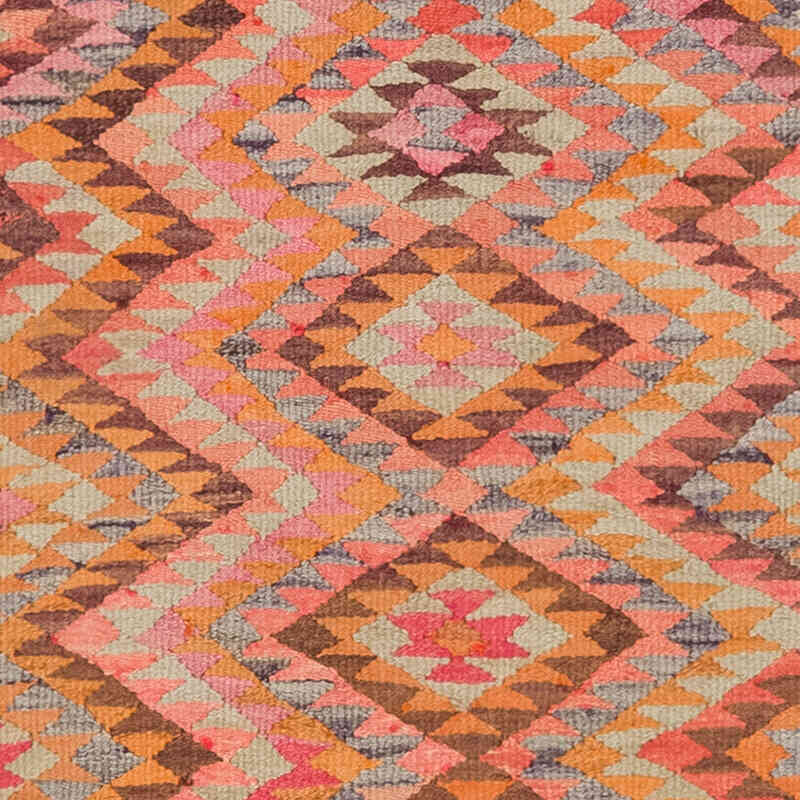
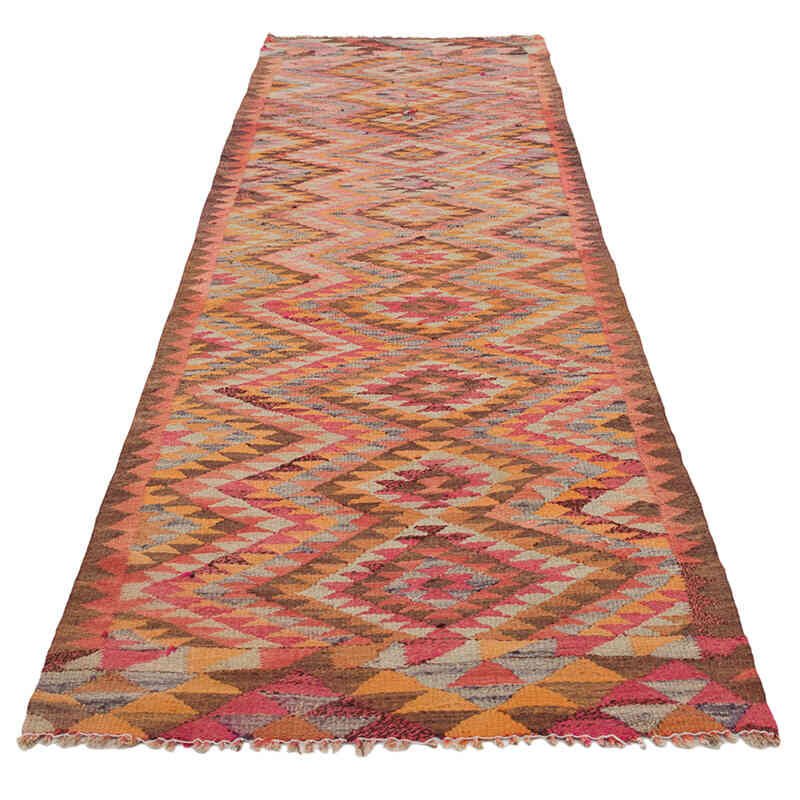
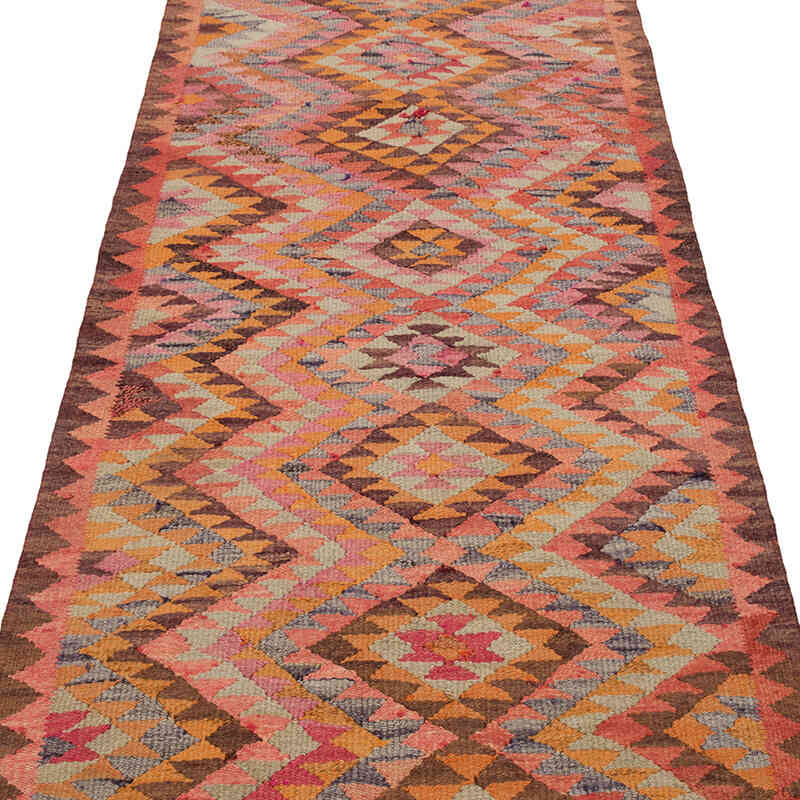
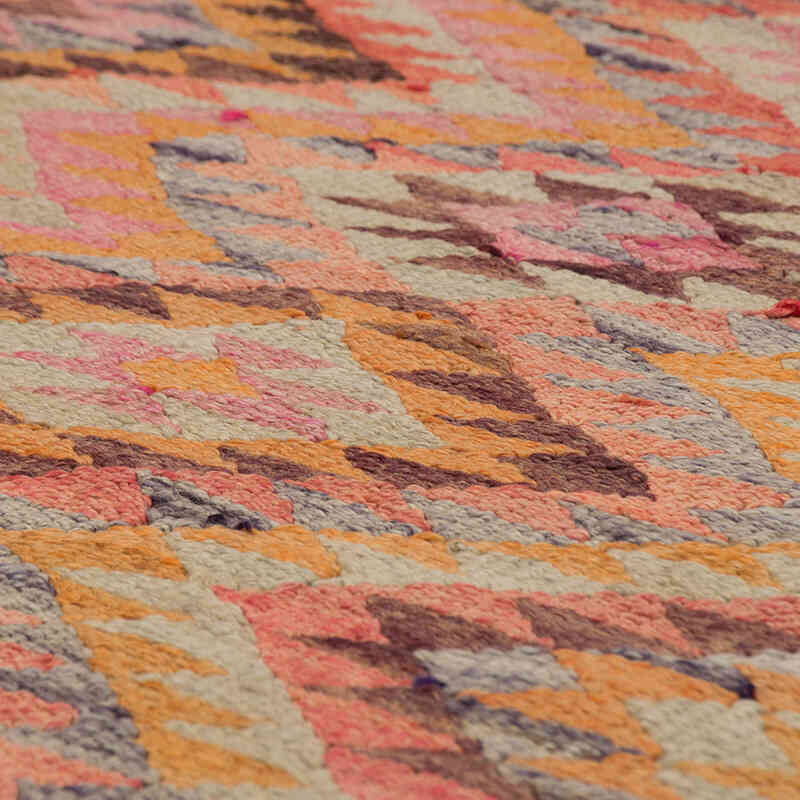
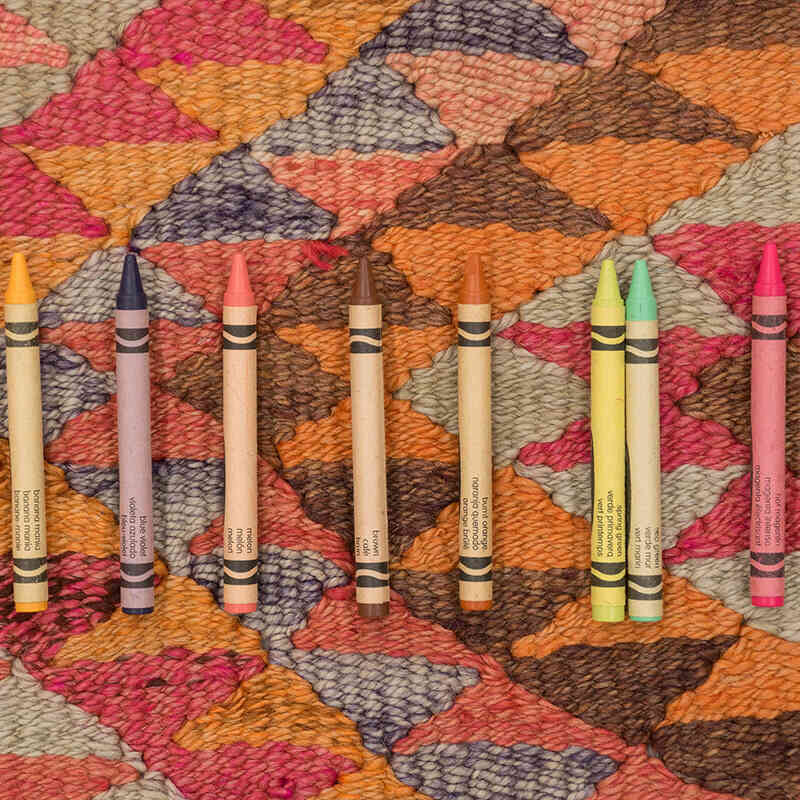
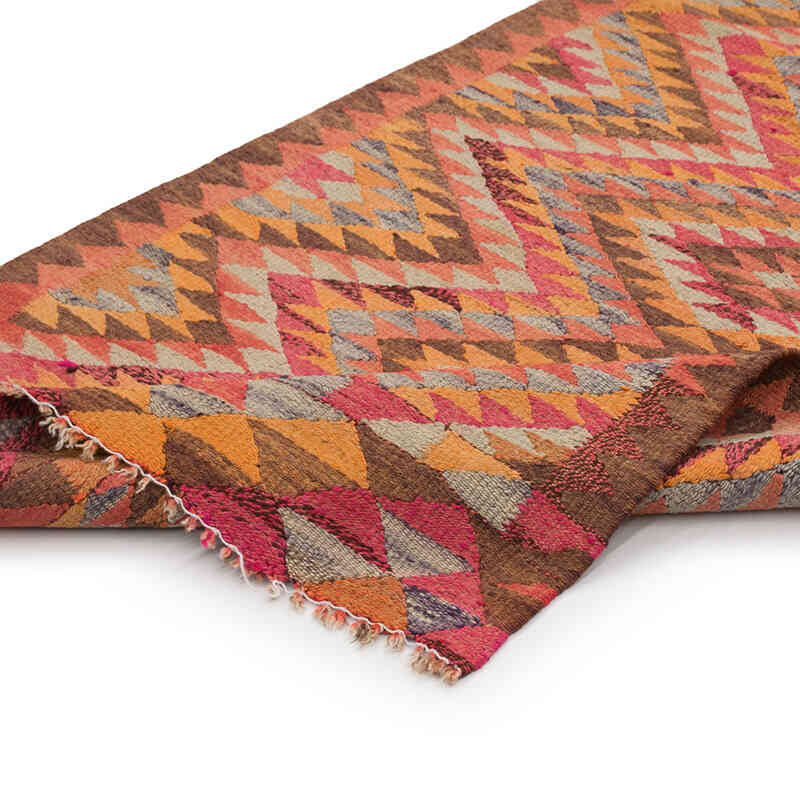
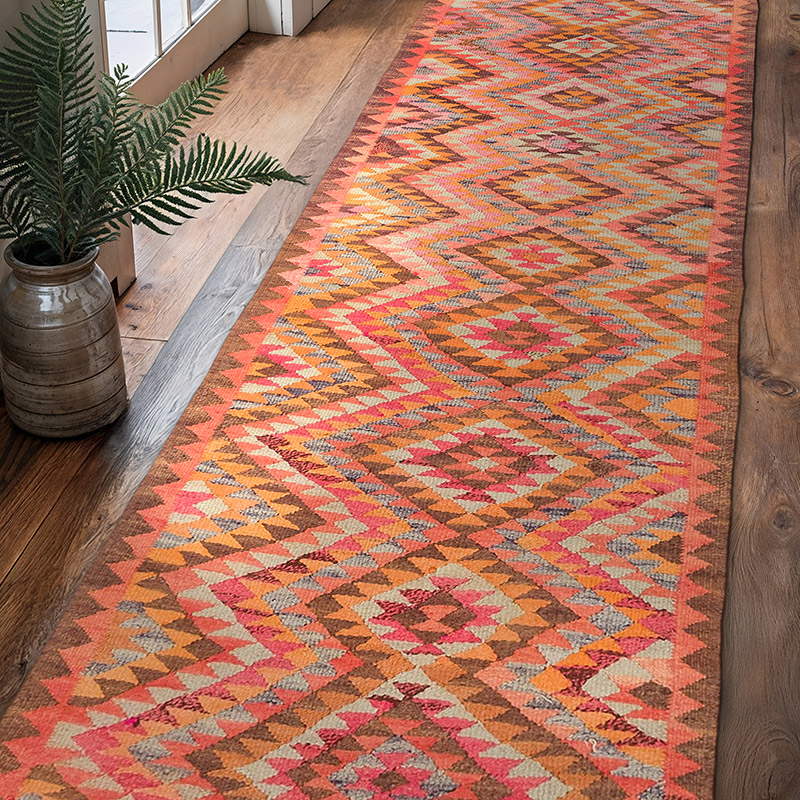
















Stunning runner and excellent service…